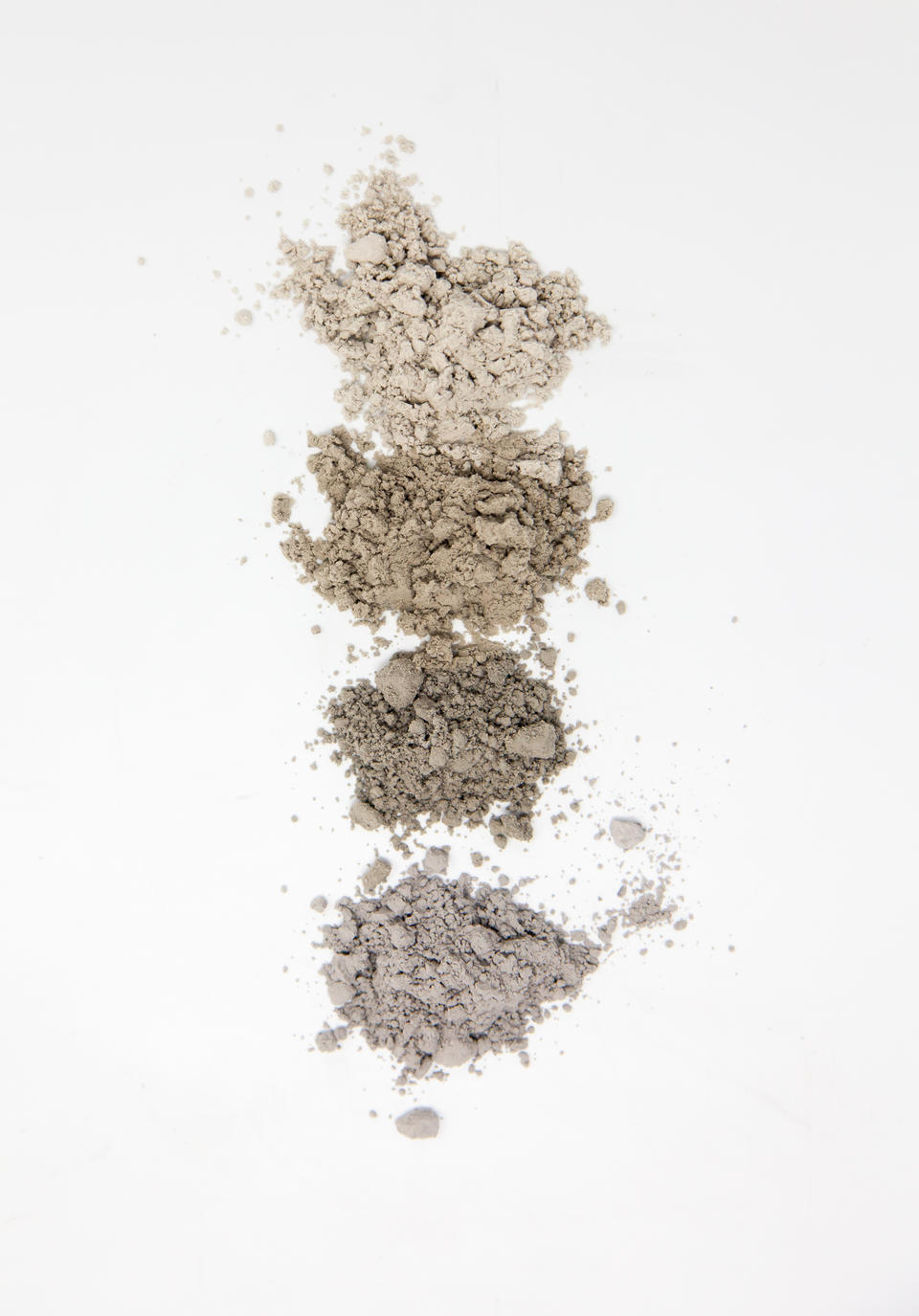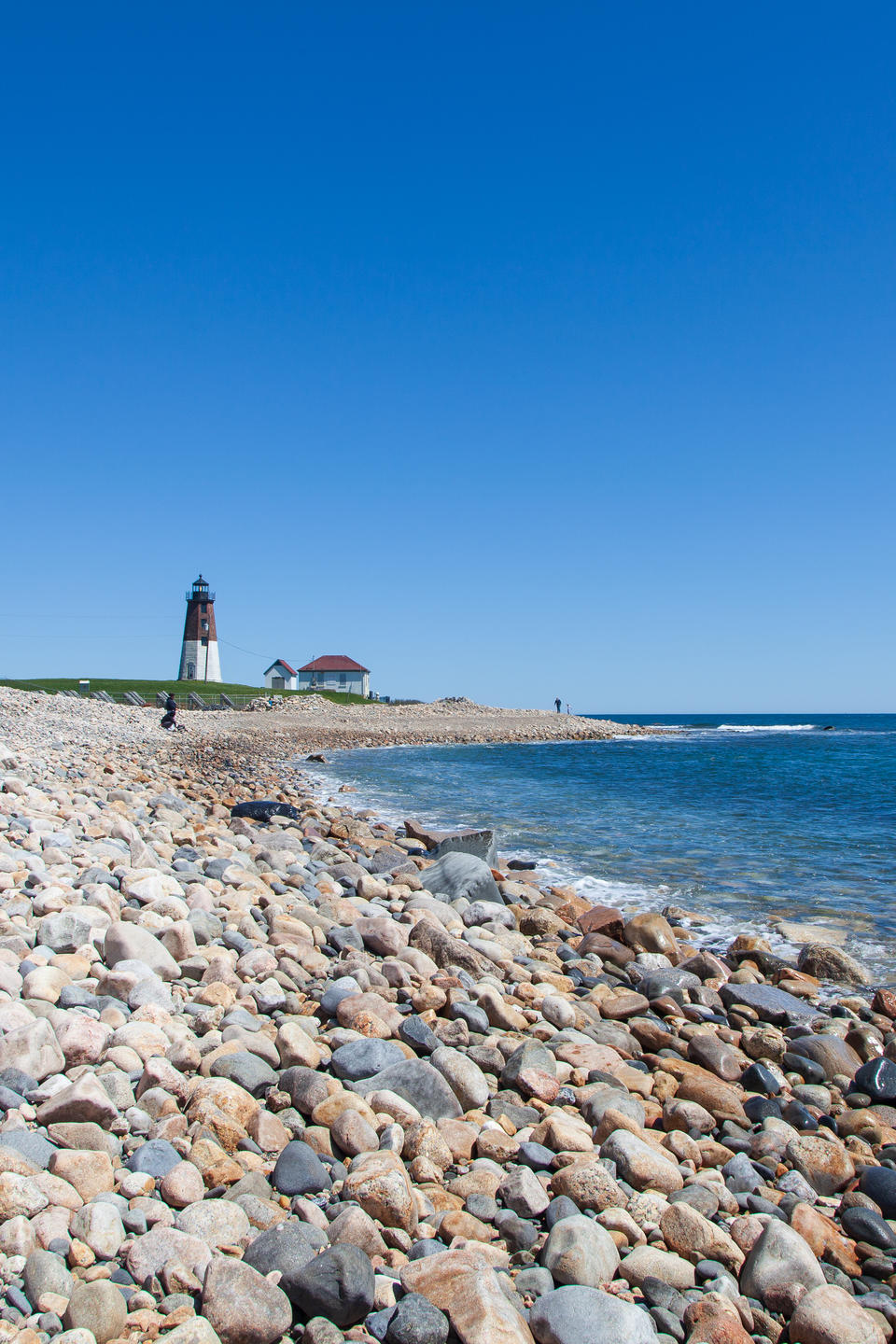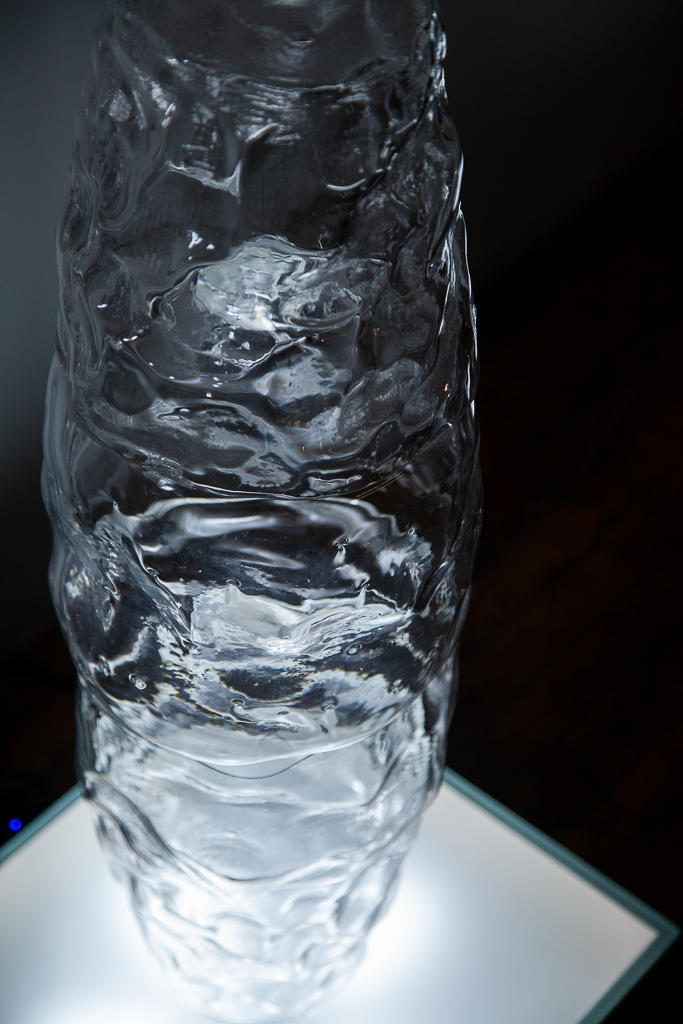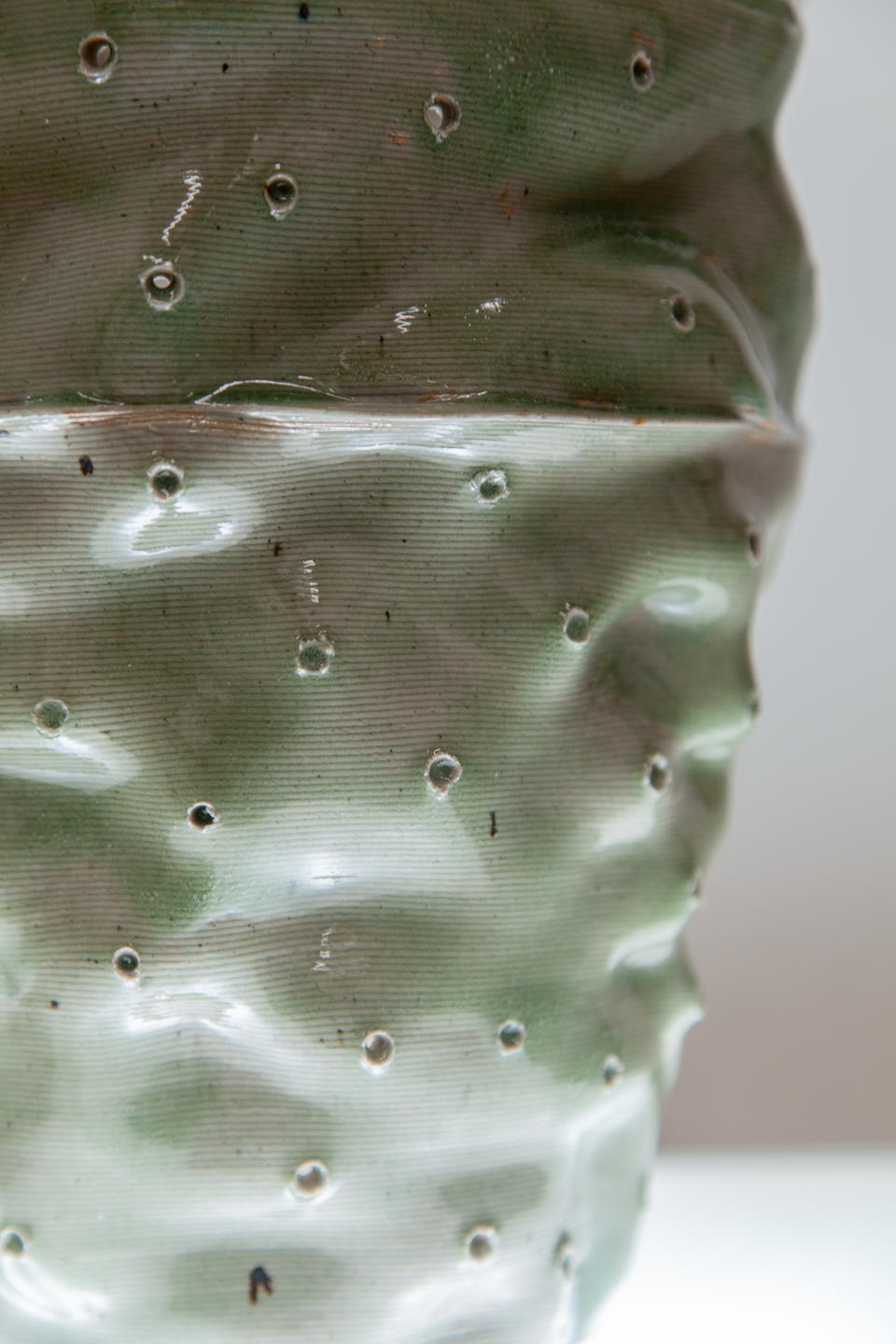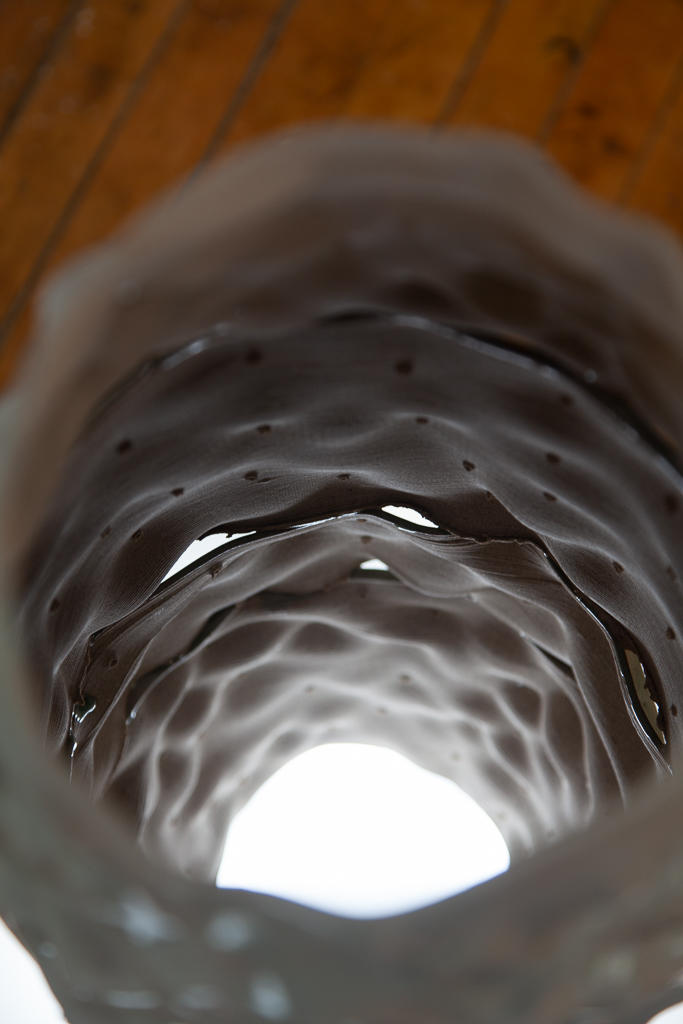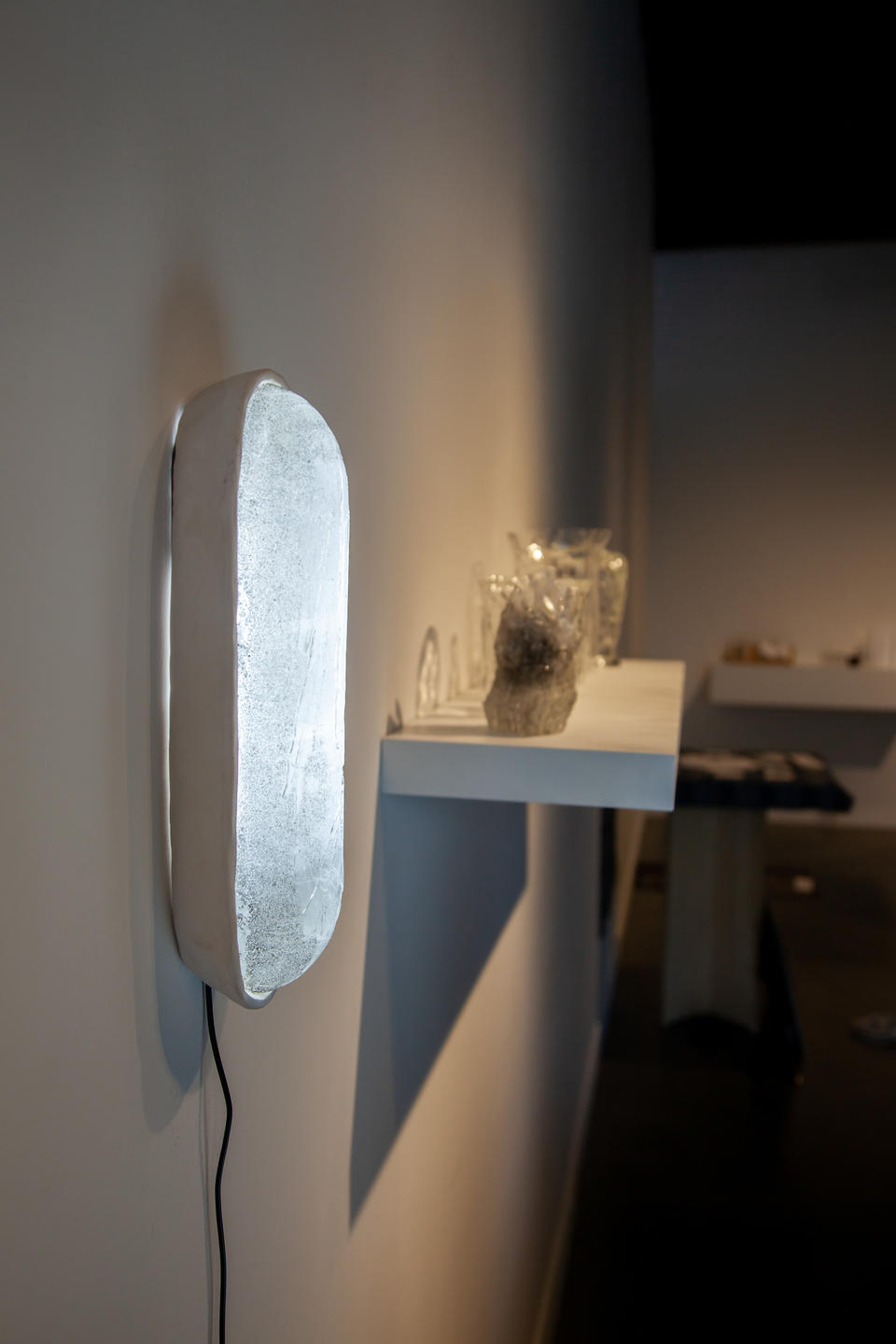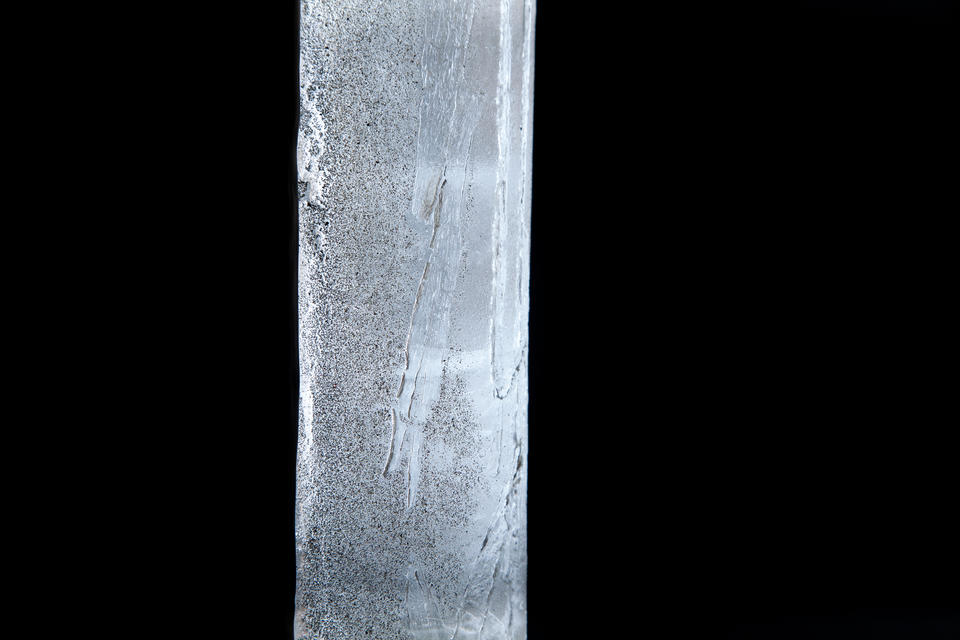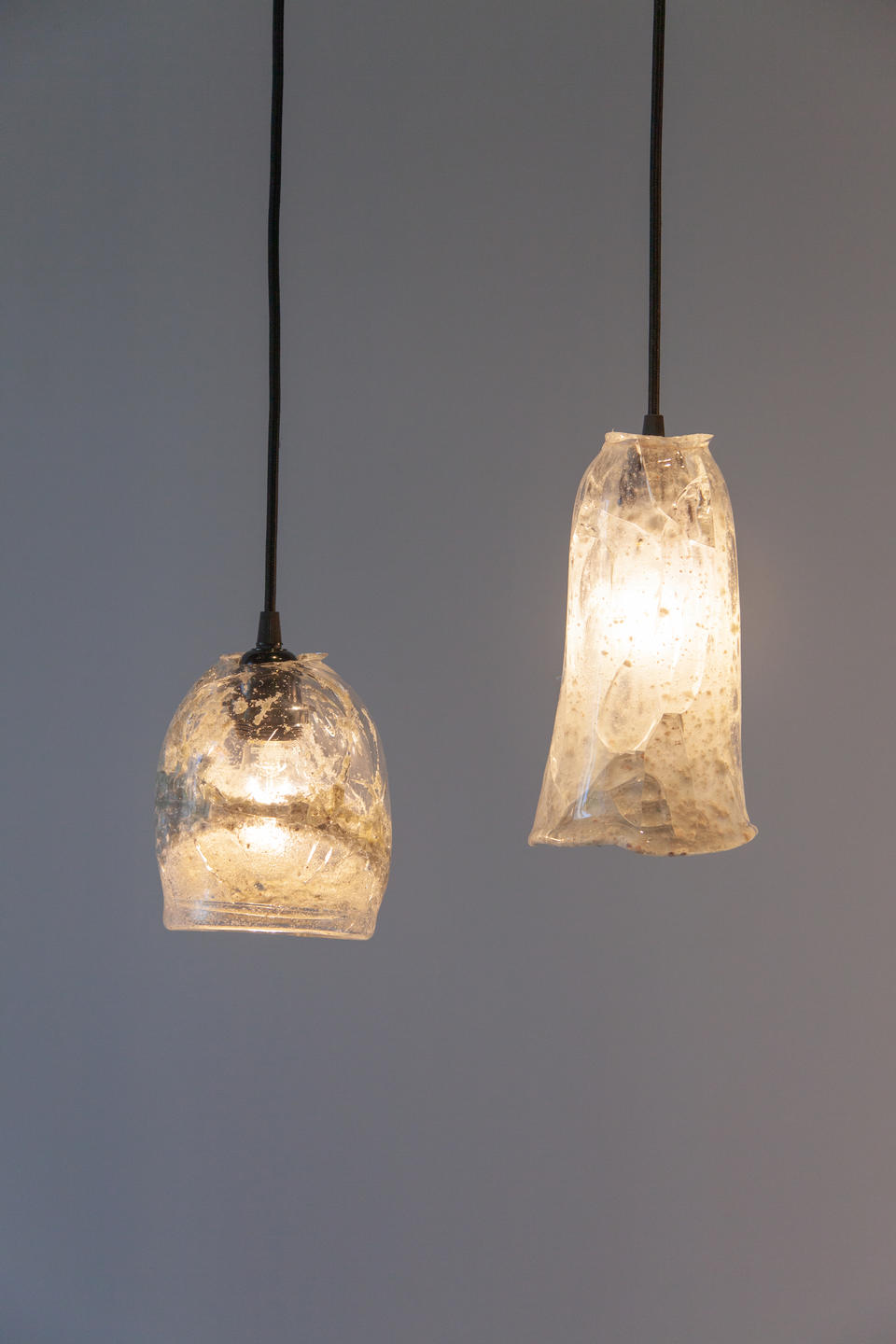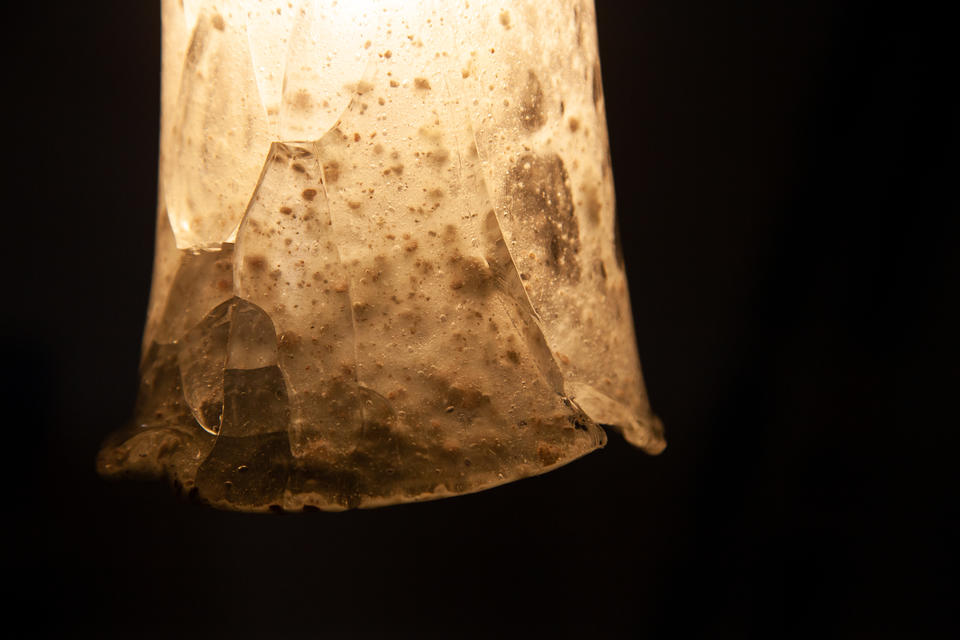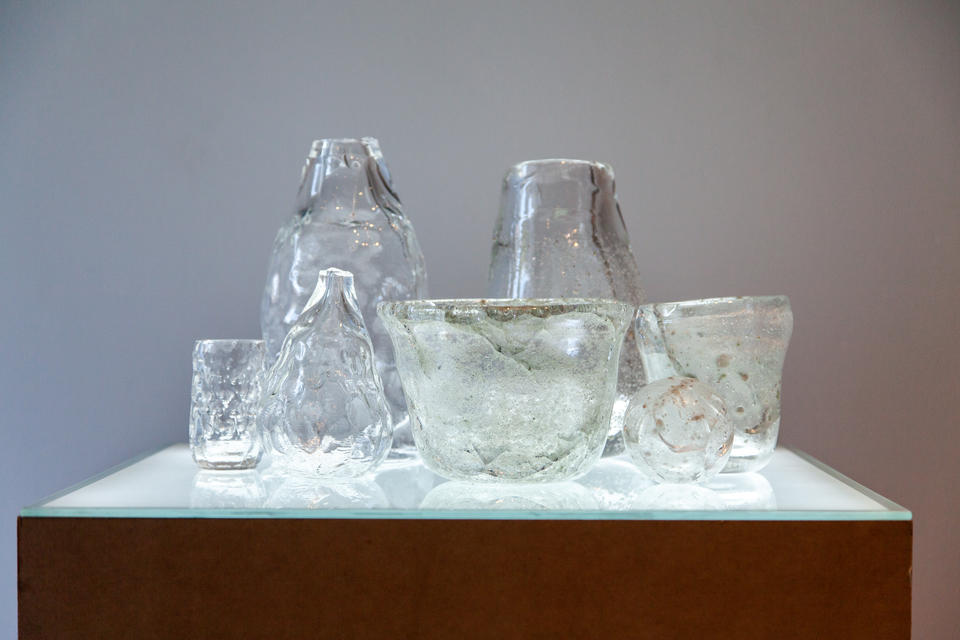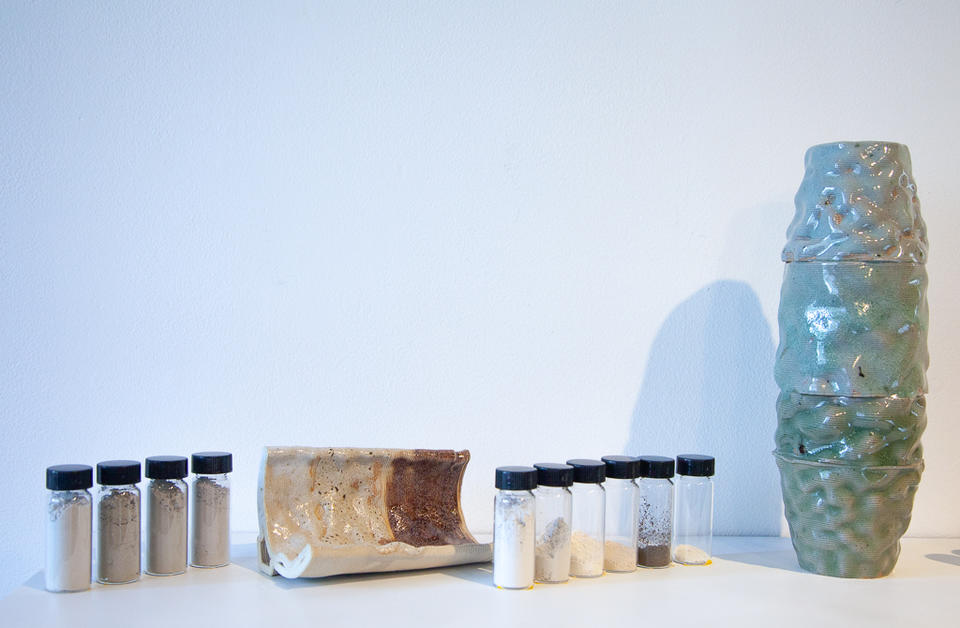ABSTRACT
My thesis is an investigation of material vernacular and a celebration of process and material. I am manipulating locally sourced materials to pull out unexpected qualities in order to distill a unique identity associated with a place and the things that give that place its character.
The resulting work focuses on distilling the Narragansett Bay through the lens of three categories. Reminiscence, Impression, Composition. These works fall into the categories of being reminiscent of a place, impressed upon by a place and composed of a place.
This thesis is not a conclusion of this area of inquiry, rather it seeks to develop a way forward to cultivate new work and a practicum based on these ideas.
Image
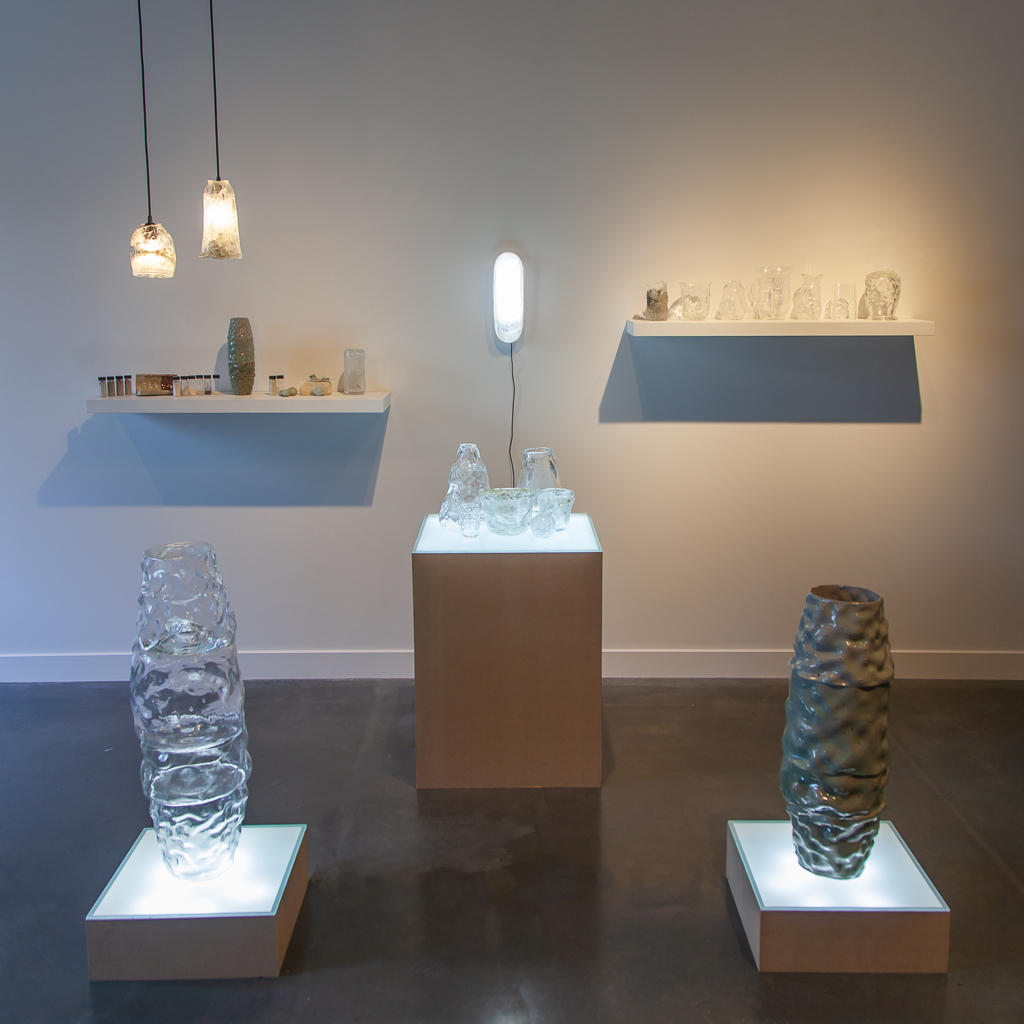
Introduction
For a place as small as Rhode Island, the geographic and geologic makeup is extremely diverse. At a glance, many parts of the Narragansett Bay may appear similar but given the opportunity to build a relationship with this place, one can begin to identify its distinct characteristics. Sand, stone, and plant life exist all over and may be extremely similar at first glance. But take some time to look closer and unique personalities reveal themselves and expose a beautiful set of qualities that exist specific to that place.
Narragansett Bay
Land and Sea
Land and Sea
Ceramic blown glass and Sand glazed Ceramic
38" x 80"
2021
The towers are representative of the land and the sea. The glass forms blown from ceramic printed molds identical to the ceramic forms that make up the opposing tower represent the sea and the waves that move across its surface. The under lit pedestals slowly fade in and out at the rate of the tide. The ceramic piece both provides evidence of the process in which the glass piece was constructed but also is glazed in the sands of four different locations within Rhode Island, Tillinghast Place, Conimicut Point, Mackerel Cove Beach, and East Matunuck State beach. This piece is both reminiscent of the Narragansett Bay and composed of its materiality. As the viewer spends time with the piece, new characteristics become apparent like the ever changing light as well as the shapes and textures on both the exterior and interior of the piece revealing themselves with the light. In order to fully know this piece, one must form a relationship with it over time much in the same way one would a physical place.
Making of the Glass Tower
Ceramic Blown Glass
wall sconce
Cast glass and ceramic
15"x 4" x 3"
2021
When glass is cast onto organic materials such as reeds collected from a beach, the resulting impression is both beautiful and unexpected. At the temperature that glass needs to melt, it would seem that the reeds would simply disappear into ash. But instead, the reeds hold together long enough to impart their textures onto the glass piece being made. With this wall sconce, Glass is cast into a sand mold that has been lined with reeds gathered from Tillinghast Place. The impression left behind by the reeds and the sand of the mold is one that connects the viewer to that place more directly than a photo might because of the tactile connection to the material that is formed. A simple stoneware housing does not distract from the glass but allows for the piece to hang off the wall and house the lights inside. The glow of the leds used gives the piece a frosted appearance, like sea glass from a distance but up close, the distinctly organic textures become visible.
Tillinghast Glass Lamps
Glass made from the sand of RISD Beach
12"x 4" 8"x 5"
2021
These glass lamps derived from beach sand are the first real opportunity I had to construct a series of works from locally sourced sand. The colors and textures that exist within the lamps are directly related to the imperfections of the sand which are embraced rather than working to make a more traditional, pure material. For these pieces, the beach of choice was Tillinghast Place. The makeup of the sand made for glass that carries a green tint derivative of the elements that are present within the sand. A wall mill was used to crush the sand into a powder to make for easier melting as seen in the glass on the right. The smaller lamp on the left utilizes sand that was not milled as much, leaving a more dense appearance to the glass with larger granules of sand still visible.
Experiments in glass
Making glaze and glass from the beach
Materials and test in the creation of the work
2021
Shown are the materials and test that have gone into the creation of both a beach sand based glaze and a glass formed of powdered beach sand. The first two photos show the materials and their ratios used in the recipe for a glaze with a high concentration of beach sand fired in a cone 10 reduction firing (2350 degrees) and resulting piece. Each section of the ceramic tower is utilizing a different locations sand moving from north to south, top to bottom. These locations in order are Tillinghast place in Barrington, Conimicut Point in Warwick, Mackerel Cove Beach in Jamestown, and East Matunuck State beach in Charlestown.
The following photos are of the ingredients used in the glass making process of glass composed of the sand of Tillinghast place. The following images are from the process and resulting pieces made from this glass.

